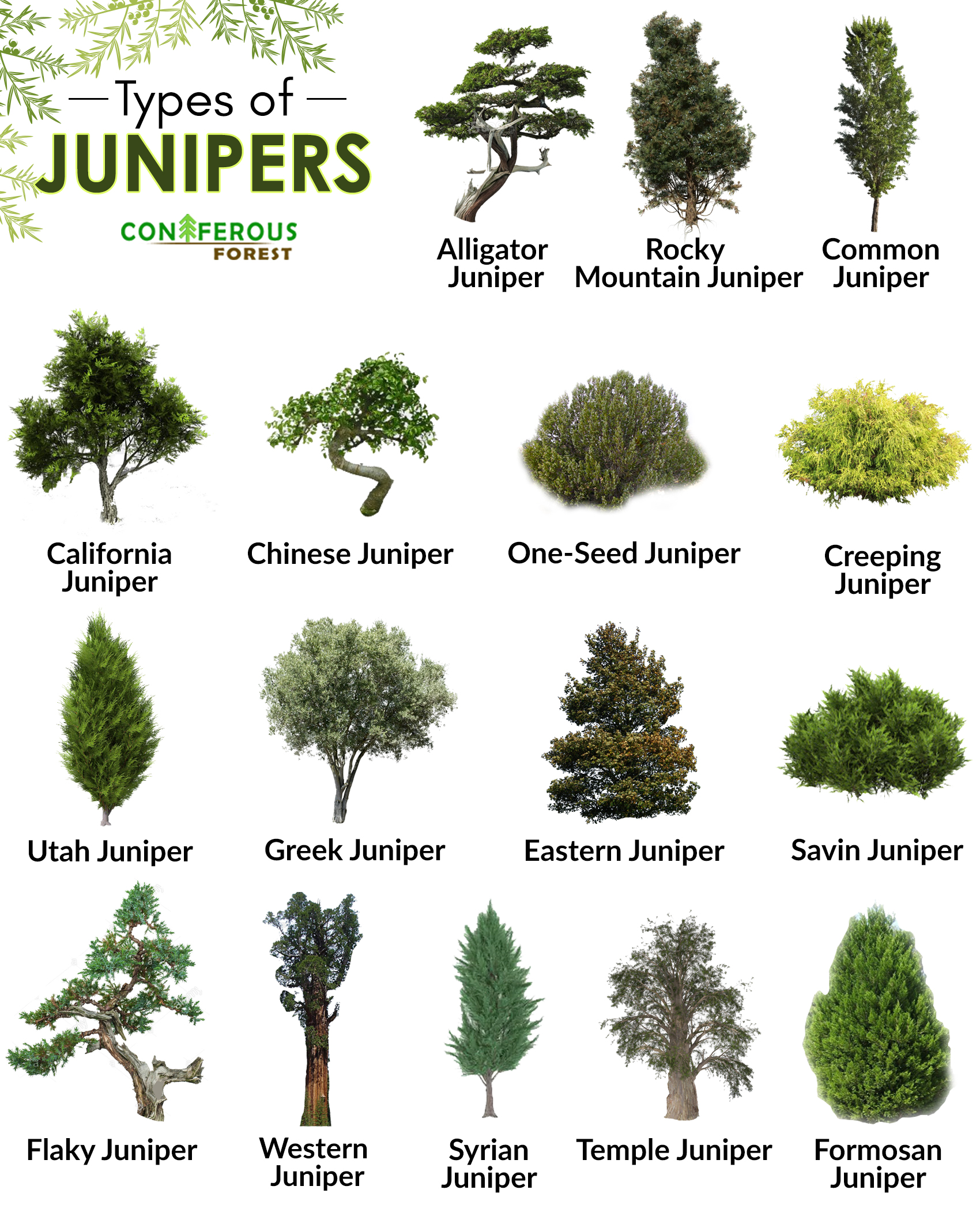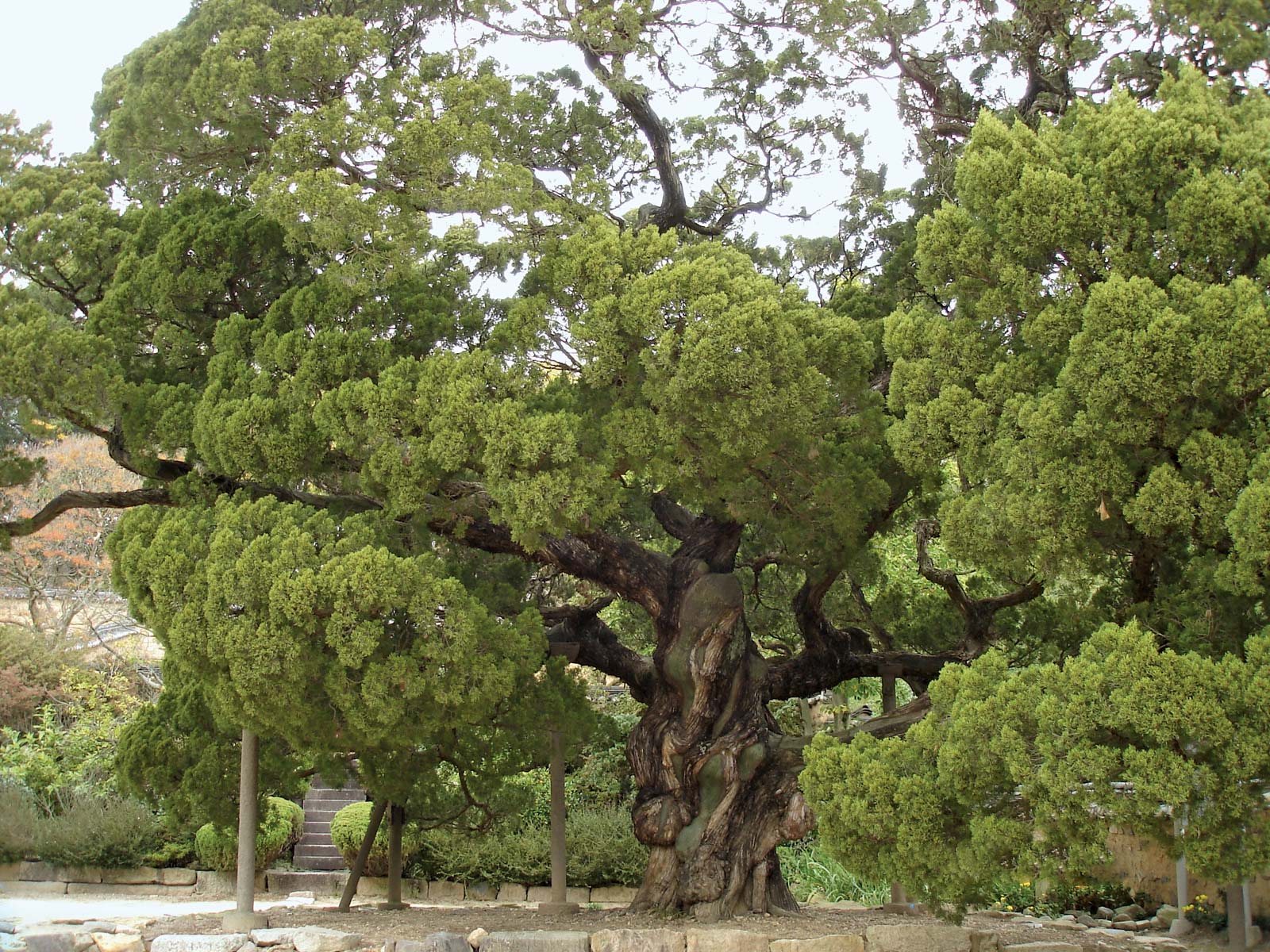Juniper
Juniper Trees: Hardy Evergreens with Unique Features and Cultural Significance
Imagine a tree that thrives in rocky, dry soils, its rugged bark peeling away to reveal layers of strength beneath. The Juniper Tree is more than just a survivor—it’s an emblem of resilience, with its aromatic berries and twisted branches standing as a testament to nature’s ability to adapt to the harshest conditions. From ancient traditions to modern uses, the Juniper is a tree that has shaped cultures and ecosystems for centuries.
The Juniper Tree (Juniperus spp.) is a remarkable evergreen conifer that thrives in some of the most challenging environments on Earth. Known for its aromatic, berry-like cones and sharp, needle-like leaves, the Juniper is a symbol of endurance. Whether it’s the Common Juniper that grows in northern Europe or the California Juniper that thrives in arid deserts, this versatile tree plays a critical role in its ecosystem. Its berries are used for culinary and medicinal purposes, while its wood has long been prized for its durability. Despite facing threats from pests and climate change, the Juniper continues to stand strong as one of the most enduring trees in the world.
Juniper is any of the 50-70 species of aromatic conifers that belong to the genus Juniperus in the cypress family Cupressaceae. These conifers, when fully grown, usually resemble narrow columns. Despite being junipers, many coniferous trees like the Juniperus bermudiana (also commonly referred to as the Bermuda cedar) are called ‘cedars’. All juniper species bear small seed cones called berries, which are used for producing gin. While true cedars are characterized by flat, scale-like leaves, junipers usually have needle-like juvenile leaves and overlapping, scale-like mature leaves.
Scientific Classification | |
| Kingdom | Plantae |
| Clade | Tracheophytes |
| Division | Pinophyta |
| Class | Pinopsida |
| Order | Pinales |
| Family | Cupressaceae |
| Subfamily | Cupressoideae |
| Genus | Juniperus |
List of Different Types of Juniper Trees
With research still in progress, the actual number of species belonging to the genus Juniperus is not clear. Junipers are classified into two sections, which include Juniperus and Sabina. The section Juniperus, divided into several sub-sections, consists of needle-leaf junipers with the adult leaves arranged in groups of three while being fixed to the base. The section Sabina, on the other hand, includes scale-leaf junipers with the adult leaves arranged in groups of three or opposite pairs.
Section Juniperus
- Sub-section Juniperus
- Common juniper (Juniperus communis)
- Shore juniper (Juniperus conferta)
- Temple juniper (Juniperus rigida)
- Sub-section Oxycedrus
- Azores juniper (Juniperus brevifolia)
- Canary Islands juniper (Juniperus cedrus)
- Eastern prickly juniper (Juniperus deltoides)
- Chinese prickly juniper (Juniperus formosana)
- Ryukyu juniper (Juniperus lutchuensis)
- Portuguese prickly juniper (Juniperus navicularis)
- Western prickly juniper (Juniperus oxycedrus)
- Large-berry juniper (Juniperus macrocarpa)
- Sub-section Caryocedrus
- Syrian juniper (Juniperus drupacea)
Section Sabina
- Old World species
- Chinese juniper (Juniperus chinenis)
- Mekong juniper (Juniperus convallium)
- Greek juniper (Juniperus excelsa)
- Stinking juniper (Juniperus foetidissima)
- Black juniper (Juniperus indica)
- Komarov’s juniper (Juniperus komarovii)
- Phoenicean juniper (Juniperus phoenicea)
- Ping juniper (Juniperus pingii)
- East African juniper (Juniperus procera)
- Ibuki juniper (Juniperus procumbens)
- Xinjiang juniper (Juniperus pseudosabina)
- Himalayan juniper (Juniperus recurva)
- Savin juniper (Juniperus sabina)
- Sichuan juniper (Juniperus saltuaria)
- Russian juniper (Juniperus semiglobosa)
- Flaky juniper (Juniperus squamata)
- Spanish juniper (Juniperus thurifera)
- Tibetan juniper (Juniperus tibetica)
- Himalayan black juniper (Juniperus wallichiana)
- New World species
- Mexican one-seed juniper (Juniperus angosturana)
- Ashe juniper (Juniperus ashei)
- Redberry juniper (Juniperus arizonica)
- West Indies juniper (Juniperus barbadensis)
- Bermuda juniper (Juniperus bermudiana)
- Blanco’s juniper (Juniperus blancoi)
- California juniper (Juniperus californica)
- Coahuila juniper (Juniperus coahuilensis)
- Comitan juniper (Juniperus comitana)
- Alligator juniper (Juniperus deppeana)
- Durango juniper (Juniperus durangensis)
- Mexican weeping juniper (Juniperus flaccida)
- Gamboa juniper (Juniperus gamboana)
- Sierra juniper (Juniperus grandis)
- Creeping juniper (Juniperus horizontalis)
- Jalisco juniper (Juniperus jaliscana)
- Seaside juniper (Juniperus maritima)
- One-seed juniper (Juniperus monosperma)
- Mountain juniper (Juniperus monticola)
- Western juniper (Juniperus occidentalis)
- Utah juniper (Juniperus osteosperma)
- Pinchot juniper (Juniperus pinchotii)
- Saltillo juniper (Juniperus saltillensis)
- Rocky Mountain juniper (Juniperus scopulorum)
- Standley’s juniper (Juniperus standleyi)
- Eastern red cedar (Juniperus virginiana)
In addition to the above species, there are some dwarf (miniature) cultivars of juniper, including the Juniperus x pfitzeriana ‘Gold Coast’.
Quick Information | |
| Tree Type | Evergreen coniferous |
| Identification | Height: 66-131 ft Leaves: Glossy green, needle-like, 0.20-1.00 in long and/or scale-like, 0.080-0.157 in long, overlapping Trunk Diameter: 2-4 ft on average, but some trees can measure up to 13 ft Bark: Reddish-brown, peels off in long, thin, vertical strips Cones: Males are uniform in structure, 0.04-0.7 in long, have 6-20 scales; females have fleshy, fruit-like scales that form a ‘berry’, 0.16-1.06 in long Seeds: Unwinged, hard-shelled Branches: Long, trailing Crown: Upright, columnar, or low-spreading |
| Distribution | Throughout the Northern Hemisphere |
| Habitat | Dry, rocky, mountainous regions, large, open woodlands |
| USDA Hardiness Zone | 2 to 10 |
| Growth Rate | Slow to medium-fast, varies between 1 and 2 feet per year |
| Lifespan | Typically ranges from 350-700 years, some may survive for more than 1000 years |
| Growing Conditions | Sunlight: Thrives in full sun, survives in partial shade Soil: Well-drained, rocky, loamy, compacted, grained Water: Can survive on less water; newly planted trees need to be watered twice a week in the first summer months |
| Drought Tolerance | Moderate |
| Diseases & Pests | Diseases include wood decay, twig blights, canker diseases, rusts, witches’ broom; some of the pests are bark beetles, mealybugs, flatheaded borers, armored scales, aphids, spider mites, and sawflies |
| Reproductive System | Either dioecious or monoecious |
| Propagation | Through stem cuttings |
| Wildlife Value | Many animal species take shelter in the dense branches to avoid wind and cold; it is a source of food for many moth species, including juniper carpet, juniper jug, pine beauty, and Cydia duplicana |
| Uses | Red cedar timber is widely used for making closets and drawers, the berries are used as a spice in various culinary dishes and for flavoring in gin, these berries are also distilled for producing an essential oil, native American use it in traditional medicine, some species are used for bonsai and gardening |
| IUCN Conservation Status | Species such as the Black Juniper and Common Juniper are listed as Least Concern because their population is stable and increasing |
Interesting Facts
- Monoecious juniper plants have a higher allergic potential. Completely male junipers release plenty of pollen that become airborne in drier regions and may cause irritation of lungs and skin.
- The resinous sap in junipers is fairly combustible, which is why planting juniper species in large numbers is not recommended in areas that are prone to wildfires.
Conclusion
The Juniper Tree is not just a hardy evergreen—it’s a vital part of the ecosystems in which it grows. From providing shelter and food for wildlife to offering resources for human use, the Juniper supports both nature and culture. Its unique berries are a source of flavor in foods and drinks, its wood used for crafting durable items, and its adaptability to different climates makes it a symbol of resilience. However, the Juniper faces threats from diseases, pests, and environmental shifts. Understanding its ecological role and cultural significance is key to ensuring that this incredible tree continues to thrive for generations to come.
References




